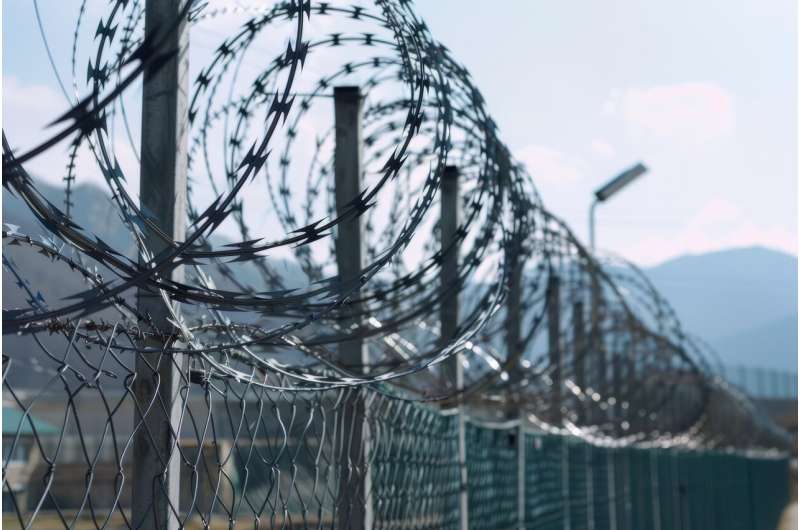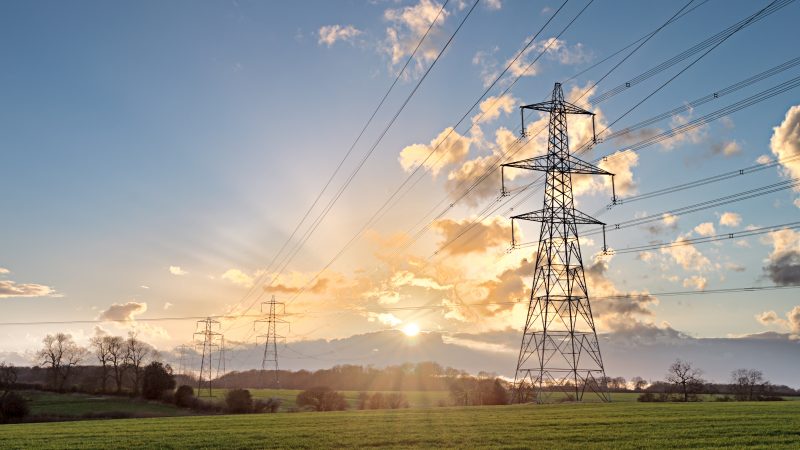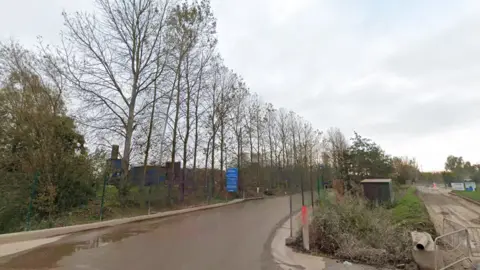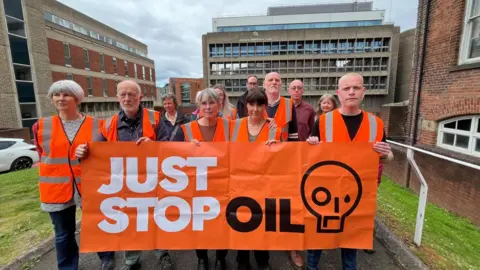
Amid the many historic appointments in his cabinet, the new prime minister Keir Starmer made one particularly noteworthy announcement: James Timpson to become minister for prisons, parole and probation. Timpson is not a politician but the head of the key-cutting and shoe repair company of the same name. He was also the CEO of the Prison Reform Trust and a well-known figure within prison reform circles.
The terms rehabilitation and resettlement have been thrown around by past governments, but with little work to turn them into practice. As a result, UK prisons are now at a breaking point of overcrowding.
Timpson's appointment has been met with unbridled enthusiasm from prison reform advocates. We will hopefully get to see what it means for someone who really understands the value of rehabilitation to approach this role.
He is known for visiting prisons in person on a regular basis to interview prisoners nearing release for a job in his firm. This is a business strategy, not a gimmick—Timpson says that one in nine of his workforce is a former offender, and that "it's brilliant. They are talented, they are loyal and they work hard."
But how will he approach prison reform for the whole country?
Speaking to Channel 4 News earlier this year, Timpson said that in his view only a third of people in prison actually needed to be there. Others, he said, would be better off with mental health support, while prison for women is basically a disaster.
He added that in the Netherlands the prison population halved, emphasizing that radically reducing the prison population is not impossible.
With colleagues in the Netherlands I recently studied this phenomenon. Between 2005 and 2015 the Dutch prison population was indeed reduced by 44%. Much was to do with a drop in serious crime which led to fewer people going to court, and ending up in prison. But shorter sentences are also part of the picture, as are alternatives to prison, and more specifically tailored mental health support for those offenders who need it.
Closing prisons is possible
In the Netherlands, there is widespread acceptance of the fact that in most cases a prison sentence does more harm than good. A survey in 2014 found widespread acceptance for suspended sentences in the country. This seems unlike the discourse in England and Wales, where heavy sentencing is more widely regarded as a solution to crime and disorder.
This process of decarceration led to many prisons being closed or repurposed. And it caused very little social disquiet. The government did its modeling and then cautiously went ahead with its program of prison closures. The most vocal against prison closures were trade unions, understandably worried about prison officers losing their jobs, and on occasion threatening legal action.
There is nothing particularly unique about prison populations falling. As I discuss in my forthcoming book, prison numbers have massively dropped even in Russia, which nearly halved its prison rate in a decade. Also the US, famous for its high prison rates, has seen a notable drop in its prison rate (some 14% since 2018).
While prison rates are dropping in many countries, some stubbornly refuse to follow this trend and the UK is one of them. Experts refer to this as penal populism: politicians implementing harsh policies that they think the public will like, rather than following the evidence that harsh sentences solve little and perpetuate social problems.
Prison populations can go down: the sky won't fall in and governments don't necessarily topple either. Like in the Netherlands, crime has dropped in the UK. However the intention to punish more severely and to build more prisons to accommodate that remains the typical response, such as by the then justice secretary Dominic Raab in 2022.
A promising perspective
After 14 years of Conservative rule, Timpson's comments are more than refreshing. They signal a very different intent such as the aforementioned Raab, whose answer was always to build more prisons.
They come at a time when prison overcrowding in Scotland is leading to acute problems (with hundreds of prisoners possibly released early) and prisons in England are days away of being literally full.
Prisons are in crisis, and have been for a very long time. A commitment to radically reduce the prison population would be a real trend break for the UK, where prison populations have been projected to increase by 25% to over 100,000.
We now have an unorthodox prison minister who may shift the dial in our use of prisons. In his February interview, Timpson was clear that prison policy does not easily change. "I think we need a government that's brave," he said. He is now in a position to show that bravery in practice. To be fair, he has already shown it by tangibly improving the life of some 1,500 prisoners through work.
Can he now overhaul a system that holds over 87,000? A brow beaten and overstretched prison system will be anxious to find out.
Provided by The Conversation
This article is republished from The Conversation under a Creative Commons license. Read the original article.![]()
More than half the Aussie prison population report a mental health diagnosis

















